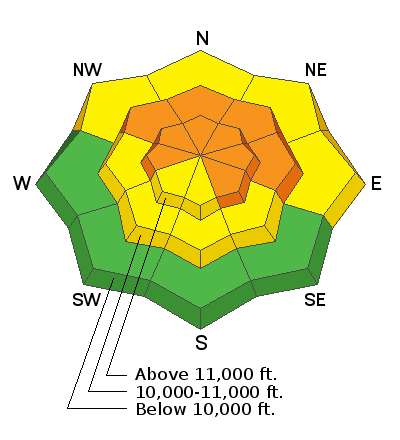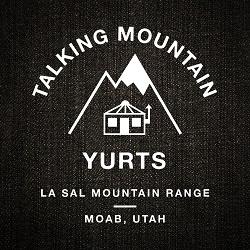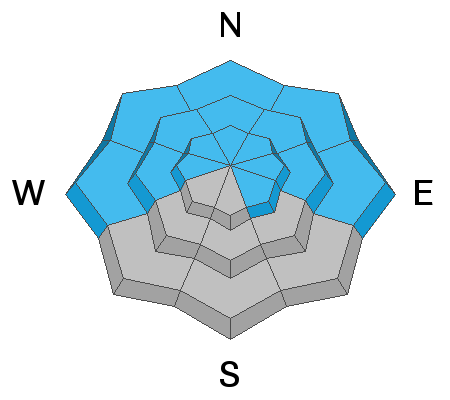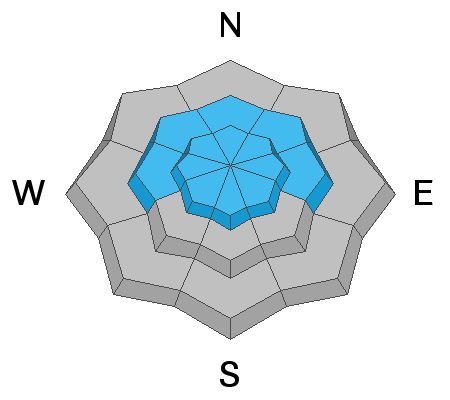Forecast for the Moab Area Mountains

Issued by Eric Trenbeath on
Tuesday morning, January 29, 2019
Tuesday morning, January 29, 2019
The avalanche danger remains CONSIDERABLE on steep, mid and upper elevation slopes that face NW-N-SE where human triggered avalanches failing on a buried persistent weak layer remain likely. Most other terrain offers MODERATE danger with the possibility for triggering an old, hard wind slab in exposed terrain. Suspect slopes that have a smooth rounded appearance, or that feel hollow underneeath. Stick to low angle, wind sheltered terrain for the best, and safest conditions.

Low
Moderate
Considerable
High
Extreme
Learn how to read the forecast here






